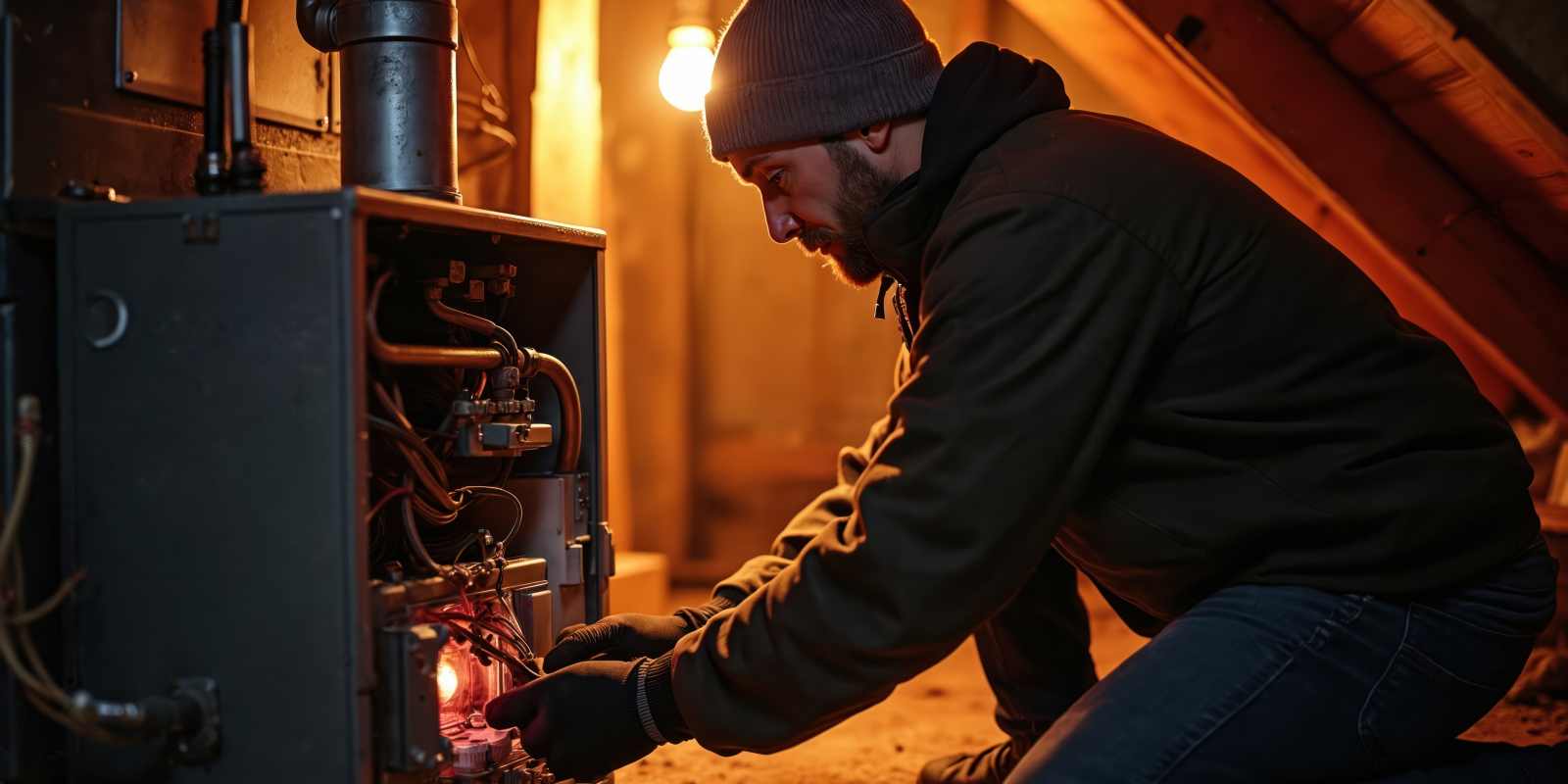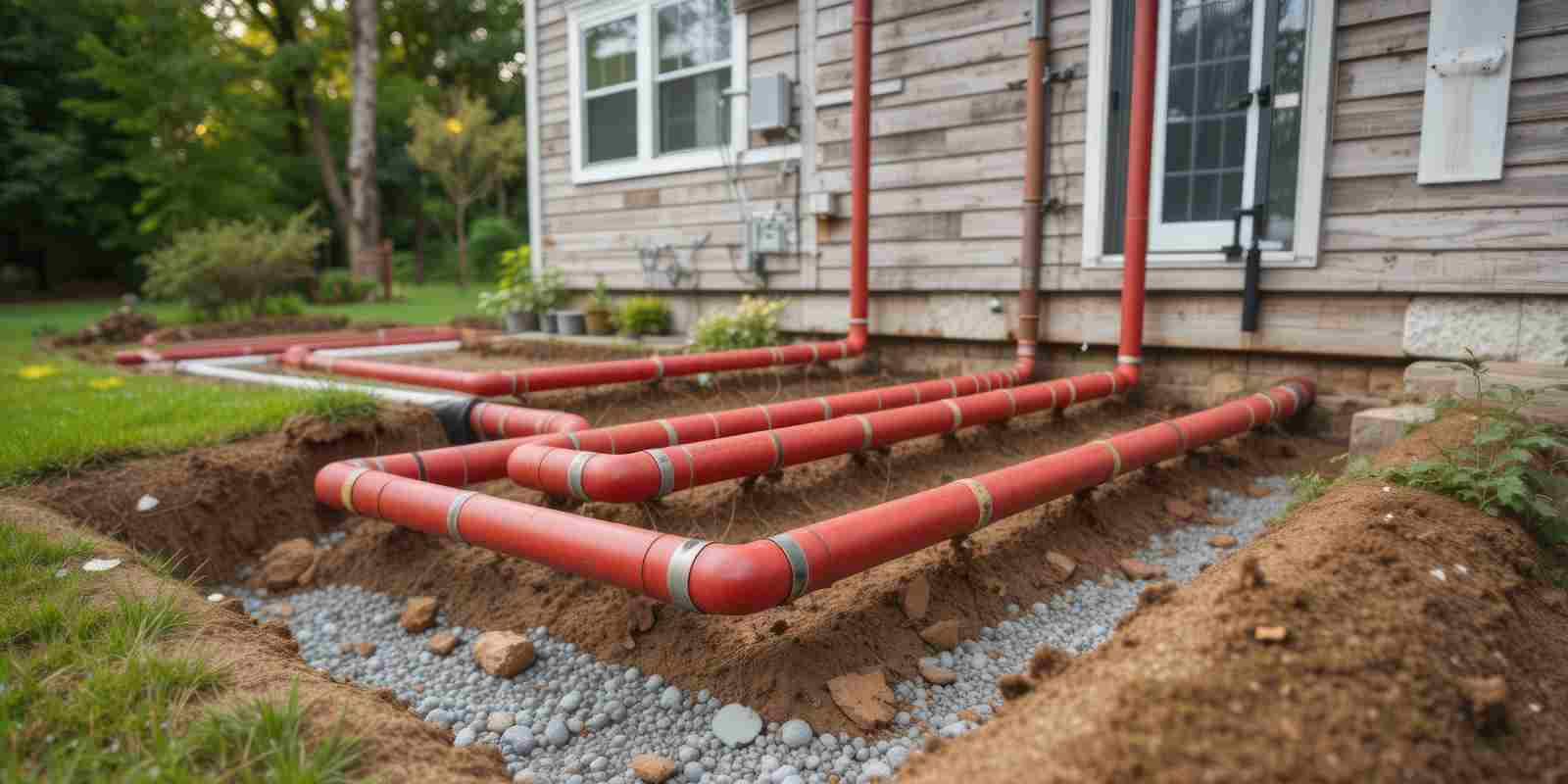 According to the EPA, Americans on average spend approximately 90 percent of their time indoors. Growing scientific evidence states that the concentrations of some indoor pollutants are often 2 to 5 times higher than typical outdoor concentrations. These pollutants can come from increased use of synthetic building materials, furnishings, personal care products, pesticides, and household cleaners.
According to the EPA, Americans on average spend approximately 90 percent of their time indoors. Growing scientific evidence states that the concentrations of some indoor pollutants are often 2 to 5 times higher than typical outdoor concentrations. These pollutants can come from increased use of synthetic building materials, furnishings, personal care products, pesticides, and household cleaners.
Some common pollutants include:
- Mold and mildew from moisture damage and/or high humidity
- Pesticides, lead, and asbestos
- VOCs from chemical cleaning products, paint, and pesticides
- Combustion byproducts such as carbon monoxide and environmental tobacco smoke
- Volatile chemicals in water supplies that enter indoor air during showering and cooking
Here are some ways you can improve indoor air quality in your home or business:
1. Dehumidifiers
Dust mites, mold, and mildew are just a few that flourish as the humidity climbs higher. Homeowners spent an average of $2,230 for mold remediation last year, and commercial property owners can end up spending tens of thousands. A dehumidifier removes the water from the air and returns dryer air to the room, reducing the chances for allergens to multiply.
2. General Vacuuming and Cleaning
While small particles can only be removed through filters, large particles can be controlled by vacuuming and cleaning your home and office regularly.
3. Air Duct Cleaning
The air ducts in your home circulate the air from your heating and cooling system into and out of each room. The air cycling through your ducts is the same air that you and your family breathe. Over time, pollutants such as mold, bacteria, and dust could build up and stay hidden within your air ducts, affecting your air quality. Getting your air ducts professionally cleaned reduces allergens and irritants, and promotes healthier living.
4. Air Filters
Air filters are a central, but often forgotten part of a central HVAC system. They help filter out particulate pollution – dust, mold and fungal spores, pet dander, fabric fibers, etc. – that would otherwise circulate through the home. It is recommended that you change filters at least once every two to three months to improve air quality inside your home, cut down on energy use, and prolong the life of your HVAC system.
5. ERV
Opening a window can make your air feel less stuffy, but this isn’t practical during the hotter and colder months of the year. Reduction in airflow allows moisture, odors and other indoor pollutants to accumulate inside the home. Energy Recovery Ventilator (ERV) systems help expel stale indoor air and circulate fresh and filtered outdoor air. They can also determine the level of water vapor in outbound air and either humidify or dehumidify inbound air to match it.
Looking for an improve your indoor air quality and breathe easier? Contact us today to find the perfect solution for your home’s indoor air quality issues.
{{cta(‘fc6bb766-2ed8-47ea-88f3-41a0f1ecec8c’,’justifycenter’)}}



